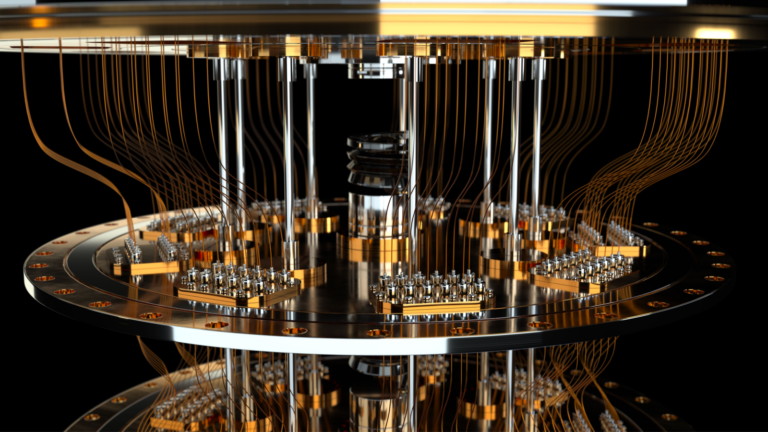
Keeping time has always relied on stable oscillations, from the swing of a pendulum in a grandfather clock to the vibrations of a quartz crystal in a digital watch. Atomic clocks, the epitome of timekeeping technology, utilize laser-induced atomic vibrations to set precise time standards for satellite communications, GPS systems, and financial markets, operating at an astonishing 9.2 billion oscillations per second.
However, even with advancements in isolating clocks from external disturbances, a recent MIT study reveals that the stability of clocks, laser beams, and oscillators is still susceptible to quantum mechanical effects, limiting their precision. Yet, the researchers propose a groundbreaking solution: manipulating quantum states through a process known as “squeezing” to surpass these limitations.
Vivishek Sudhir, Assistant Professor of Mechanical Engineering at MIT, explains, “There’s actually a limit to how stable oscillators can be, not just from their environment but also from quantum mechanics. We’ve shown ways to overcome this quantum limit by playing with the quantum states themselves.”
The research team, planning experimental tests of their theory, aims to demonstrate the manipulation of quantum states in oscillating systems. Success in this endeavour could lead to super-quantum precision in clocks, lasers, and other oscillators. Such advancements hold the potential to track minuscule variations in time, like fluctuations of a single qubit in a quantum computer or the presence of dark matter particles.
Hudson Loughlin, a graduate student in MIT’s Department of Physics, affirms the team’s commitment, stating, “We plan to demonstrate several instances of lasers with quantum-enhanced timekeeping ability over the next several years.” Their aspirations extend beyond theoretical developments, anticipating practical applications in revolutionary technologies.
The researchers focused their study on lasers, specifically optical oscillators generating synchronized photon beams. While previous work had delved into intricate calculations limiting the stability of lasers due to quantum noise, MIT’s approach simplified the problem. By abstracting the oscillator into an amplifier, delay line, and coupler, the team identified quantum noise sources and proposed a solution: quantum squeezing.
Quantum squeezing involves minimizing fluctuations in one aspect of a system at the expense of increasing fluctuations in another. The MIT team found that by squeezing quantum fluctuations in the coupler, precision in the outgoing laser beam’s timing could be enhanced, even as power noise in the laser increased.
Sudhir emphasizes the significance of their findings, stating, “When you find some quantum mechanical limit, there’s always some question of how malleable is that limit. Is it really a hard stop, or is there still some juice you can extract by manipulating some quantum mechanics? In this case, we find that there is, which is a result applicable to a huge class of oscillators.”
This pioneering research, detailed in an open-access paper published in the journal Nature Communications, represents a significant step toward achieving unprecedented precision in timekeeping technologies. The study is supported, in part, by the National Science Foundation.
“This breakthrough from the MIT researchers is a testament to the relentless pursuit of precision in the realm of quantum mechanics. The introduction of the ‘squeezing’ method to enhance the stability of clocks is not just a remarkable scientific achievement; it’s a pivotal moment for industries relying on ultra-precise timekeeping, such as satellite communications and financial markets. As we delve deeper into the quantum computing era, these advancements in quantum timekeeping could be instrumental in improving the accuracy and efficiency of quantum computers. It’s exciting to see theoretical quantum mechanics being translated into practical applications that could redefine our standards of precision and stability in timekeeping.” – Mark Kelly, CEO, Quantum Computing Ireland

wiknmk_szhram8f
test
wiknmk_szhram8f
test